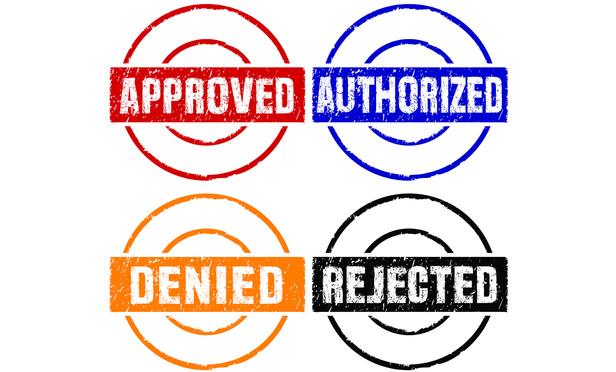The U.S. Supreme Court once observed that a party is entitled to a fair trial, not a perfect one.1 At least one piece of inadmissible evidence creeps into the typical case, inadvertently if not by design.2 Fortunately for an already over-burdened judicial system, the admission of inadmissible evidence usually is curable by a limiting instruction, rather than a reversible error requiring a mistrial.
Some mistakes of course are outcome determinative. Trial level lapses leading to faulty yet dispositive evidence reaching the jury may be rare, but epic mistakes do happen—and are enormously costly when they do. Litigants, lawyers and the judicial system at large collectively pay a high price when a trial is redone to correct an evidentiary miscue. Recent decisions from around New York state arising from an assortment of admission errors demonstrate the resilience and enduring importance of fundamental evidentiary rules.
Faulty Webpage Authentication
This content has been archived. It is available through our partners, LexisNexis® and Bloomberg Law.
To view this content, please continue to their sites.
Not a Lexis Subscriber?
Subscribe Now
Not a Bloomberg Law Subscriber?
Subscribe Now
LexisNexis® and Bloomberg Law are third party online distributors of the broad collection of current and archived versions of ALM's legal news publications. LexisNexis® and Bloomberg Law customers are able to access and use ALM's content, including content from the National Law Journal, The American Lawyer, Legaltech News, The New York Law Journal, and Corporate Counsel, as well as other sources of legal information.
For questions call 1-877-256-2472 or contact us at [email protected]



